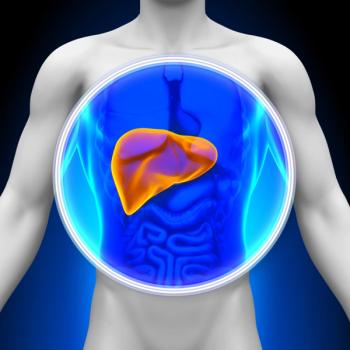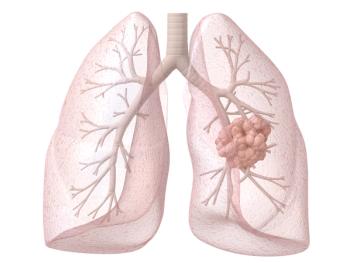
Amit Oza, MD, MBBS, FRCPC, Discusses Optimizing Treatment With PARP Inhibitors in Advanced Ovarian Cancer
PARP inhibitors like rucaparib should be considered to treat all kinds of patients, including those who have deleterious mutations and HRD, according to Amit Oza, MD, MBBS, FRCPC.
In a discussion with CancerNetwork®, Amit Oza, MD, MBBS, FRCPC, head of the Division of Medical Oncology & Hematology at the Princess Margaret Cancer Centre and co-leader of the Ovarian Cancer Translational Research Imitative at the Ontario Institute for Cancer Research, spoke about optimal treatment with PARP inhibitors such as rucaparib (Rubraca) in patients with advanced ovarian carcinoma and platinum-sensitive recurrent disease following the results of the phase 3 ARIEL4 study (NCT02855944) presented at the
Of note, Oza indicated that PARP inhibitor use for those with platinum-resistant disease is not recommended, and that investigators are just beginning to scratch the surface on overcoming resistance mechanisms following PARP, non-platinum, and platinum-based treatments. Importantly, he stated that almost all patients should receive treatment with a maintenance PARP inhibitor.
Transcript:
These results are actually developing the theme in terms of the true role of PARP inhibitors and when we should be using them. Clearly, we're seeing that using them early is better. Using them in platinum-sensitive recurrent disease for maintenance treatment works well. What we can do is use rucaparib or PARP inhibitors in patients with platinum-sensitive disease. There is a lot of overlap [in terms of] resistance mechanisms in platinum-resistant disease. In those patients, giving PARP inhibitors after true platinum resistance is not probably the right thing to do.
What we're also beginning to tantalizingly see is that the resistance mechanisms themselves may be impacted by non-platinum–based treatments. We need to see if we can identify that and if we can overcome resistance in patients who have had PARP, as well as platinum. What's also very clear is that 90% of the patients did receive PARP inhibitors. PARP inhibitors have become one of the treatment options that has to be considered for all patients, [including those with] deleterious mutations but also with [homologous recombination deficiency] HRD. The majority of patients should have the opportunity to receive a PARP inhibitor—earlier being better.
Reference
Oza AM, Lisyanskaya AS, Fedenko AA, et al. Overall survival results from ARIEL4: a phase III study assessing rucaparib vs chemotherapy in patients with advanced, relapsed ovarian carcinoma and a deleterious BRCA1/2 mutation. Ann Oncol. 2022;33(suppl 7):S235-S282. doi:10.1016/annonc/annonc1054
Newsletter
Stay up to date on recent advances in the multidisciplinary approach to cancer.
































































































